Dominique Michelucci
Segmentation of 3D pore space from CT images using curvilinear skeleton: application to numerical simulation of microbial decomposition
Sep 04, 2023Abstract:Recent advances in 3D X-ray Computed Tomographic (CT) sensors have stimulated research efforts to unveil the extremely complex micro-scale processes that control the activity of soil microorganisms. Voxel-based description (up to hundreds millions voxels) of the pore space can be extracted, from grey level 3D CT scanner images, by means of simple image processing tools. Classical methods for numerical simulation of biological dynamics using mesh of voxels, such as Lattice Boltzmann Model (LBM), are too much time consuming. Thus, the use of more compact and reliable geometrical representations of pore space can drastically decrease the computational cost of the simulations. Several recent works propose basic analytic volume primitives (e.g. spheres, generalized cylinders, ellipsoids) to define a piece-wise approximation of pore space for numerical simulation of draining, diffusion and microbial decomposition. Such approaches work well but the drawback is that it generates approximation errors. In the present work, we study another alternative where pore space is described by means of geometrically relevant connected subsets of voxels (regions) computed from the curvilinear skeleton. Indeed, many works use the curvilinear skeleton (3D medial axis) for analyzing and partitioning 3D shapes within various domains (medicine, material sciences, petroleum engineering, etc.) but only a few ones in soil sciences. Within the context of soil sciences, most studies dealing with 3D medial axis focus on the determination of pore throats. Here, we segment pore space using curvilinear skeleton in order to achieve numerical simulation of microbial decomposition (including diffusion processes). We validate simulation outputs by comparison with other methods using different pore space geometrical representations (balls, voxels).
hidden markov random fields and cuckoo search method for medical image segmentation
May 19, 2020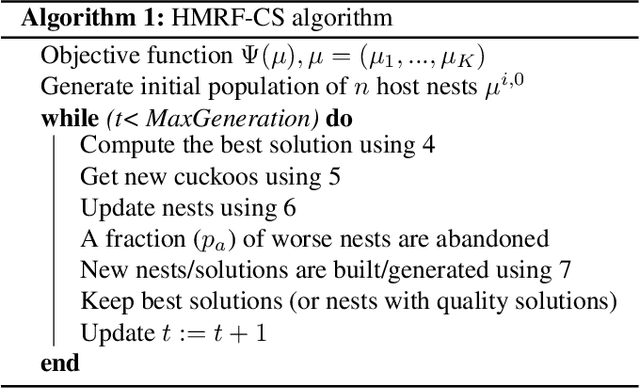
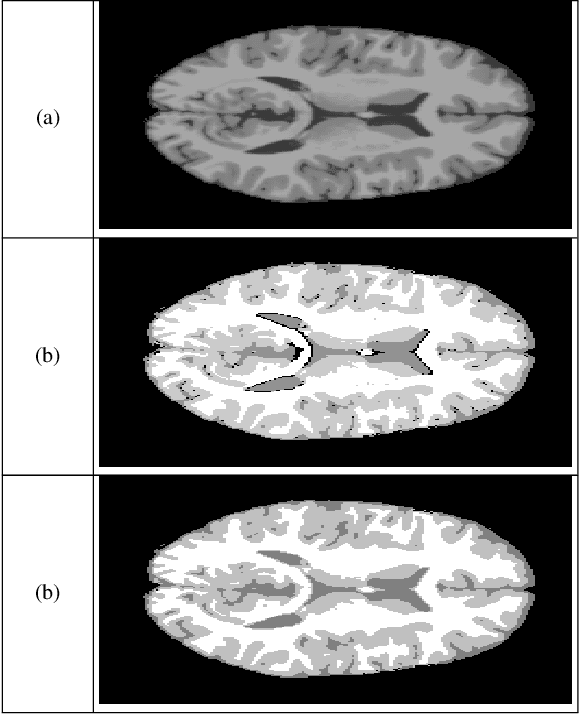

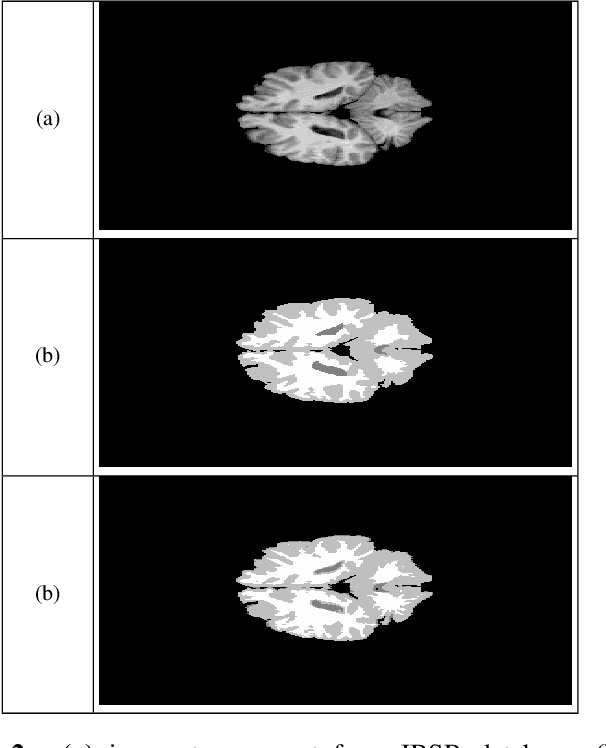
Abstract:Segmentation of medical images is an essential part in the process of diagnostics. Physicians require an automatic, robust and valid results. Hidden Markov Random Fields (HMRF) provide powerful model. This latter models the segmentation problem as the minimization of an energy function. Cuckoo search (CS) algorithm is one of the recent nature-inspired meta-heuristic algorithms. It has shown its efficiency in many engineering optimization problems. In this paper, we use three cuckoo search algorithm to achieve medical image segmentation.
Degraded Historical Documents Images Binarization Using a Combination of Enhanced Techniques
Jan 27, 2019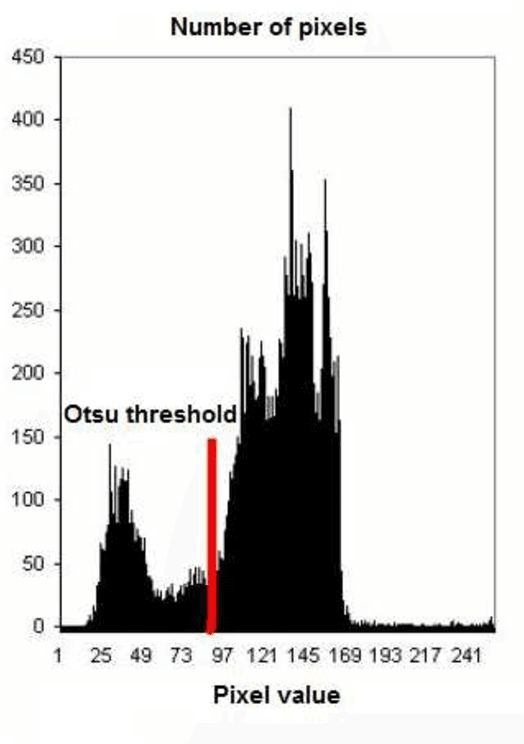



Abstract:Document image binarization is the initial step and a crucial in many document analysis and recognition scheme. In fact, it is still a relevant research subject and a fundamental challenge due to its importance and influence. This paper provides an original multi-phases system that hybridizes various efficient image thresholding methods in order to get the best binarization output. First, to improve contrast in particularly defective images, the application of CLAHE algorithm is suggested and justified. We then use a cooperative technique to segment image into two separated classes. At the end, a special transformation is applied for the purpose of removing scattered noise and of correcting characters forms. Experimentations demonstrate the precision and the robustness of our framework applied on historical degraded documents images within three benchmarks compared to other noted methods.
Combination of Hidden Markov Random Field and Conjugate Gradient for Brain Image Segmentation
Mar 13, 2018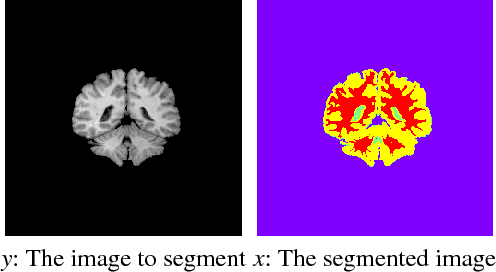

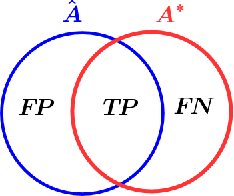
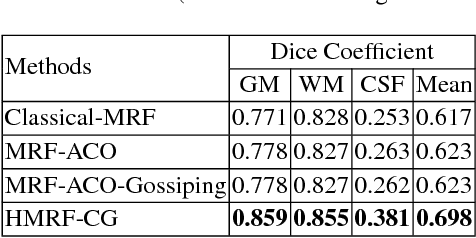
Abstract:Image segmentation is the process of partitioning the image into significant regions easier to analyze. Nowadays, segmentation has become a necessity in many practical medical imaging methods as locating tumors and diseases. Hidden Markov Random Field model is one of several techniques used in image segmentation. It provides an elegant way to model the segmentation process. This modeling leads to the minimization of an objective function. Conjugate Gradient algorithm (CG) is one of the best known optimization techniques. This paper proposes the use of the Conjugate Gradient algorithm (CG) for image segmentation, based on the Hidden Markov Random Field. Since derivatives are not available for this expression, finite differences are used in the CG algorithm to approximate the first derivative. The approach is evaluated using a number of publicly available images, where ground truth is known. The Dice Coefficient is used as an objective criterion to measure the quality of segmentation. The results show that the proposed CG approach compares favorably with other variants of Hidden Markov Random Field segmentation algorithms.
 Add to Chrome
Add to Chrome Add to Firefox
Add to Firefox Add to Edge
Add to Edge